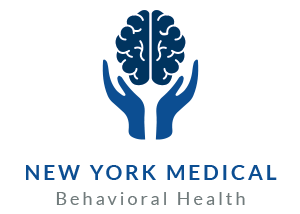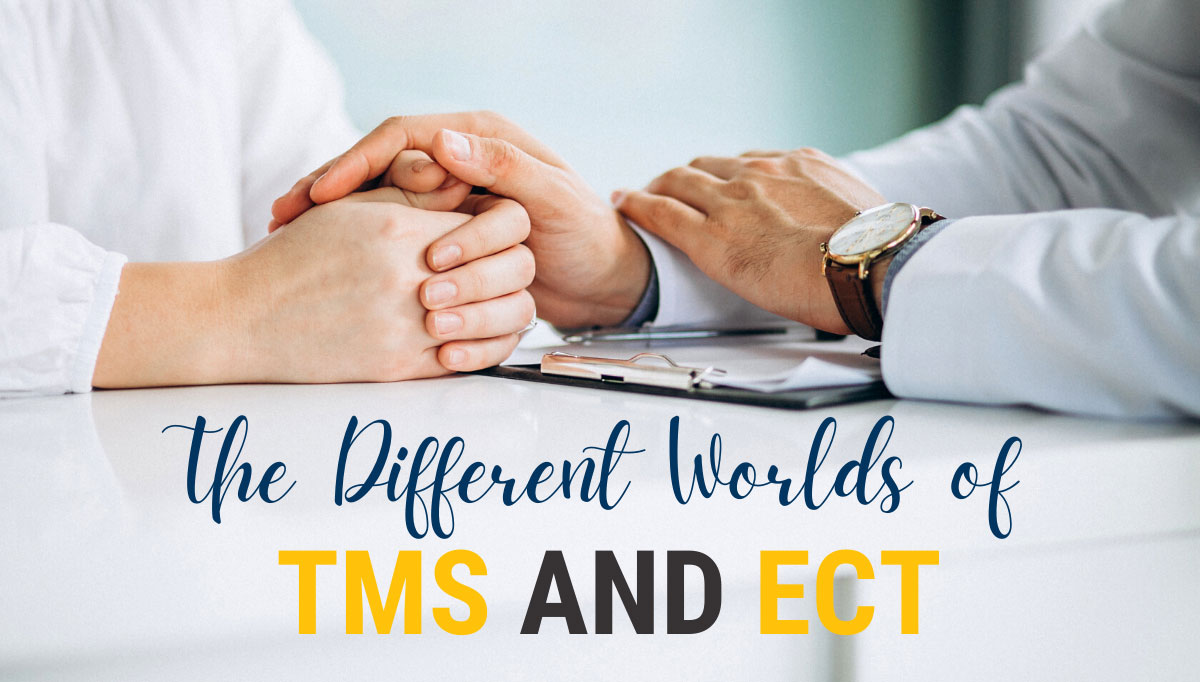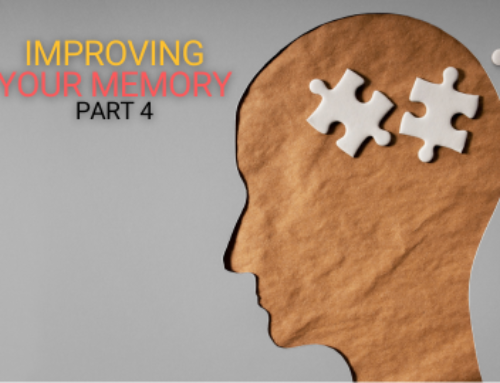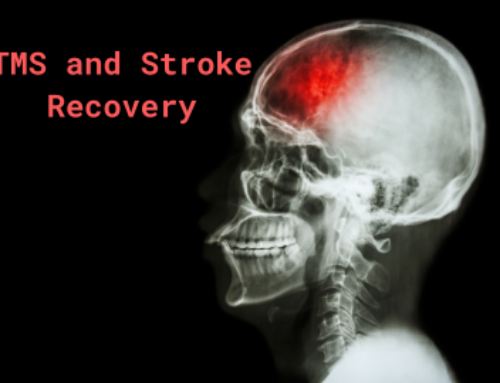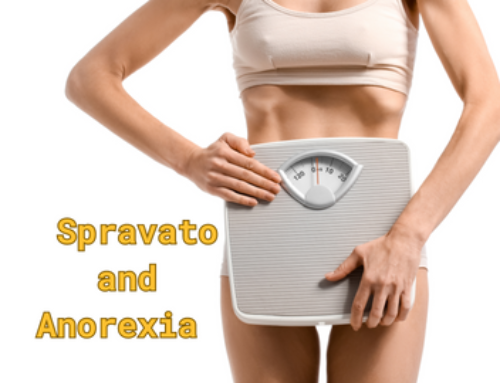One Way or Another
When treating major depressive disorder, or MDD, your doctor and/or psychiatrist will typically advise a regimen of therapy and possibly medication. Unfortunately, serious depression can sometimes prove resistant to treatment. When medications and therapy aren’t enough, you might have other options depending on the problem and what the therapy is approved for. Two that we want to compare today are transcranial magnetic stimulation (TMS) and electroconvulsive therapy (ECT).
Developing Therapies
Both TMS and ECT are brain stimulation therapies, which stimulate areas of the brain with electric currents or via magnets.
ECT has some unfortunate stigma attached to it. ECT has a longer history than TMS and was, in some cases, used improperly and inhumanely. Since its inception in the 1930s, the procedure is vastly more refined, and the rights of patients are upheld at all times. In fact, ECT is now often overlooked when it may be a legitimate option.
TMS is newer, having been approved for use on major depressive disorder (MDD) by the FDA in 2008.
What Happens During ECT and TMS?
In general, ECT is a more aggressive treatment than TMS. During ECT, the patient is put under general anesthesia. Electric currents are administered to the brain, causing a controlled seizure. These serve as a stimulant or “reset” for neurotransmitters in the brain, improving mood and stimulant processing. It is usually used as an option for depression and bipolar cases that have not responded to other treatment options.
TMS uses magnetic fields instead of electric shocks to stimulate areas of the brain, primarily the frontal lobe. It too is used and approved by insurance carriers for major depressive disorder. During a TMS treatment, an electromagnetic coil is moved over a patient’s head to stimulate areas of the brain, mostly the frontal cortex behind the forehead.
Contrasting ECT and TMS
In general, ECT is more physically aggressive. Let’s look at the side effects:
- Anesthesia use. ECT requires sedation and TMS does not—you are awake and alert during the TMS procedure.
- ECT requires downtime, both to let the sedatives wear off and to make sure there are no adverse effects.
- ECT may include physical side effects such as confusion, nausea, and memory loss. Any physical side effects from TMS are mild and short-lived, like scalp tingling. TMS does carry a low risk of seizures if the patient has a history of seizures.
Other Forms of Brain Stimulation Therapy
Brain stimulation therapies are exciting and effective methods of treating depression and other mental disorders. Much research is being done to determine the range of efficacy and patient safety is paramount. Less common forms of stimulation therapy include vagus nerve stimulation (VNS), used for very stubborn depression. Deep brain stimulation (DBS) is used for treating OCD and is being studied for other uses like major depressive disorder (MDD) and Tourettes Syndrome.
Contact us today to find out more about what treatments we offer and what your options are. Everyone deserves to get the mental health care they need.
